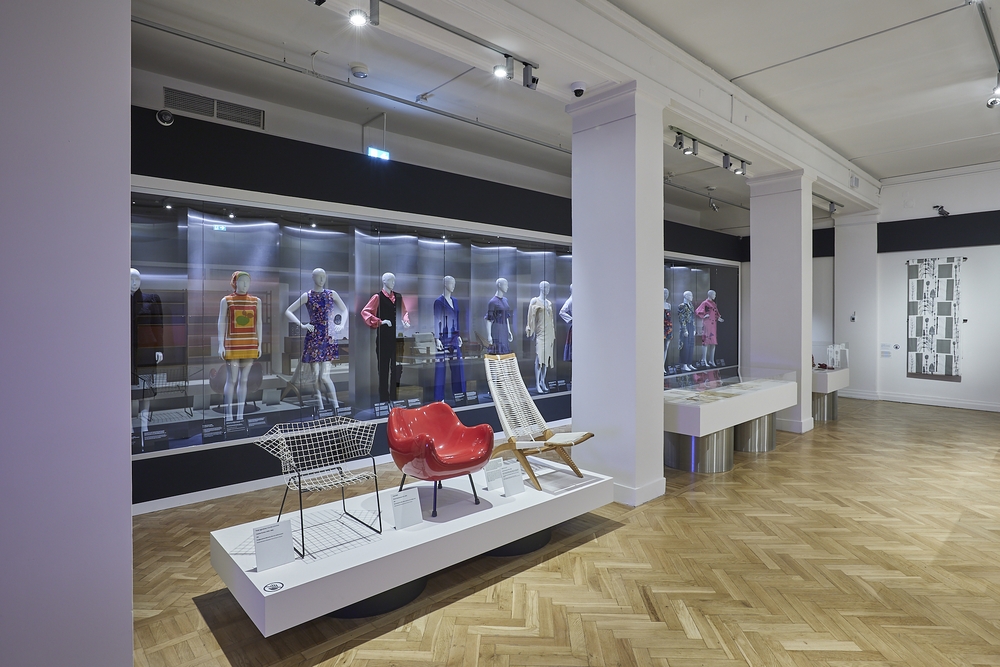Several hundred exhibits from various areas of life, art, and culture from the period of the Polish People’s Republic (PRL) can be viewed on the first floor of the National Museum in Krakow. Visitors can see paintings, sculptures, prints, photographs, films, as well as learn about architecture through photographs, models, plans and drawings. The exhibition also presents objects of artistic craftsmanship, fashion, technology, and publications in the form of books and magazines.
“Rationed Modernity. Modernism in the People’s Republic of Poland’ is not an attempt at an encyclopaedic and chronological presentation of the artistic achievements of the period. Rather, it is a voice in the discussion on the shape and fate of Polish modernism, allowing us to better understand what challenges and constraints accompanied modernisation under the conditions of the People’s Republic of Poland.
The exhibition consists of several sections. The first part ‘Form and War’ is devoted to the impact of the Second World War, the second part ‘Form and Ideology’ – shows artists’ reactions to the decreasing pressure of the authorities over time to accept the official ideology. The third space ‘Phantom Modernism’ refers to the ever-lively modernist postulate of healing man’s immediate environment – not only on a macro scale, i.e. urban composition, but also on a micro scale, i.e. the space of the dwelling, its furnishings and everyday objects.
Another section ‘Modernism under licence’ concerns the systematically widening development gap between the People’s Republic of Poland and the countries of Western Europe, which was attempted to be narrowed by means of imported technology, transfer of knowledge, materials, and components in the form of purchased licences for the production of machinery, equipment, tractors, cars, buses, plastics and many consumer goods.
The last section ‘Everyday Modernism’ brings to light the frequent curtailment of society’s modernising ambitions. On many occasions, political considerations, ideological orthodoxy, and the fact that raising the standard of living of citizens was not a priority for the communist regime’s top.
Arkadiusz Słomczyński





